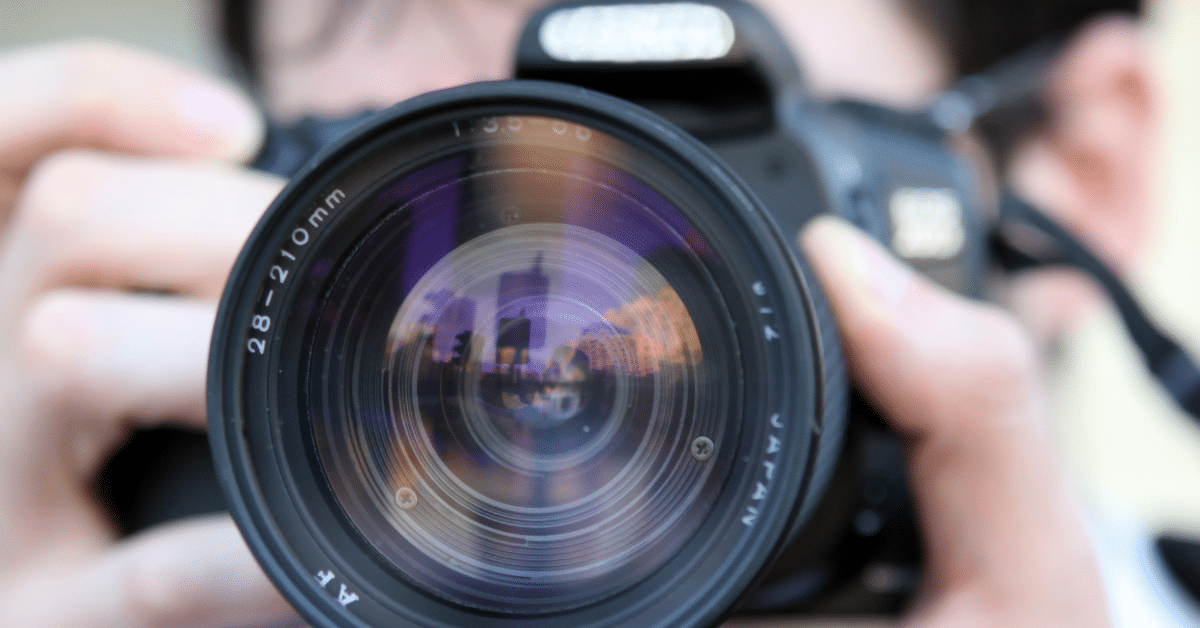
Conservation Photography in Virginia: How to Photograph Wildlife Responsibly
Calling all nature photographers (amateurs to pros!) and those that love to enjoy wildlife photos! Learn about the best practices of responsible wildlife photography from professional conservation photographers Lori Cash and Steven David Johnson. Improve your craft and photo knowledge as we discuss the do’s and don’ts of snapping photos that leave no trace and keep our wildlife safe.
HOW TO PHOTOGRAPH WILDLIFE RESPONSIBLY
Photographing wildlife responsibly is crucial to ensure the protection and preservation of animals and their habitats. The first step in responsible wildlife photography is thorough preparation and research. Understanding the behavior, habitat, and specific needs of the animals you plan to photograph can help you minimize disturbances. For instance, knowing the feeding or nesting times of a species can guide you to avoid those critical periods, ensuring that your presence does not interfere with their natural activities. Additionally, learning about any protected areas and regulations governing wildlife photography in those locations is essential to avoid unintentional harm.
Another critical aspect is maintaining a respectful distance. While it might be tempting to get as close as possible for that perfect shot, it’s important to remember that your proximity can stress animals and potentially provoke dangerous behavior. Using telephoto lenses can help you capture detailed images from a safe distance, allowing the animals to remain undisturbed. Moreover, avoid using flash photography, as the sudden burst of light can startle and distress wildlife. Patience is key in wildlife photography; allowing animals to approach on their own terms often results in more genuine and compelling images.
Always prioritize the well-being of the environment in which you are working. Stick to established trails and paths to avoid trampling on delicate vegetation and habitats. Carry out all trash and dispose of it properly to maintain the cleanliness of natural areas. If you are part of a guided tour or group, follow the guidelines set by the organizers, as they are often designed to minimize ecological impact. By adopting these practices, you not only capture stunning wildlife photographs but also contribute to the conservation of the species and ecosystems you cherish.
ABOUT THE PHOTOGRAPHERS
Lori A Cash, owner of Lori A Cash Conservation Photography LLC, is a conservationist, wildlife and nature photographer, writer, blogger and storyteller. Lori cofounded the Responsible Photography Collective and is passionate about bringing awareness to the decline of habitat for migrating organisms, such as the monarch butterfly. She has been published in National Wildlife, Virginia Wildlife, American Butterflies, Nature Vision Magazine plus many other publications over her 34 years as a photographer. Steven David Johnson is a conservation photographer and Professor of Visual and Communication Arts at EMU in the Shenandoah Valley of Virginia. His photography of the natural world has appeared in Wildlife Photographer of the Year, Nature Conservancy Magazine, Ranger Rick, Virginia Wildlife, Biographic, and Orion. Steve serves on the advisory boards of Virginia Wilderness Committee, Girls Who Click and The Nature Expanse Initiative. When he’s not in the office, you’ll probably find him crouched next to a vernal pool or kayaking the North Fork of the Shenandoah River.